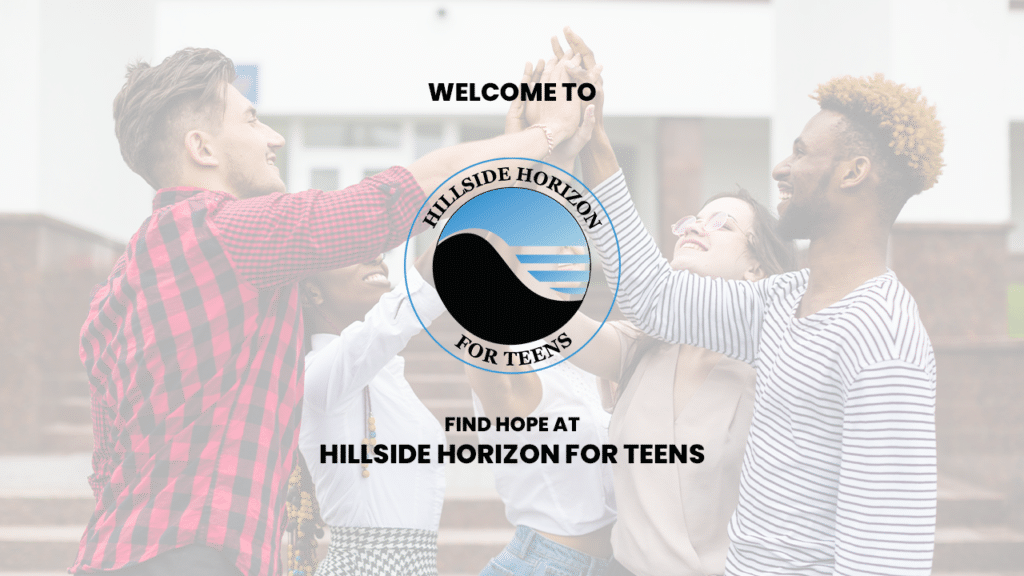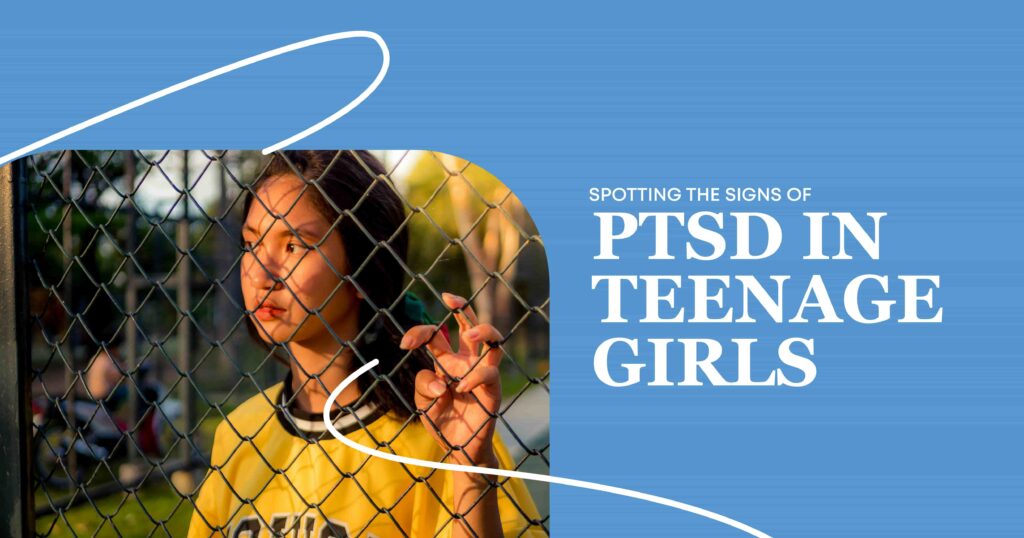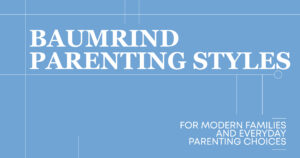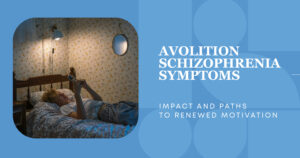Adolescence is already a whirlwind -hormones surge, identities form, and emotions run high. But for some teenage girls, these challenges are compounded by something deeper and more distressing: post-traumatic stress disorder (PTSD). Often misunderstood or mistaken for “typical teen behavior,” PTSD in teenage girls can silently shape their mental health, relationships, and futures if left unaddressed.
Understanding the signs of PTSD in a teenage girl isn’t just about identifying trauma, it’s about offering compassion, early intervention, and the right kind of help. This guide explores the subtle and not-so-subtle symptoms, how PTSD manifests emotionally, behaviorally, and physically, and why seeking support matters more than ever.
Understanding PTSD in Teenage Girls
PTSD is a mental health condition triggered by experiencing or witnessing traumatic events -anything from abuse, accidents, natural disasters, bullying, or even sudden loss. While adults and teens both experience PTSD, its impact on adolescents is uniquely profound because their brains and coping mechanisms are still developing.
Research shows that 1 in 4 teenagers experience a traumatic event before adulthood, and girls are twice as likely as boys to develop PTSD. The condition can alter emotional regulation, stress responses, and social behavior -often long after the trauma itself.
Signs of PTSD in Teenage Girls
While symptoms vary, here’s a table outlining common PTSD signs to watch for:
| Category | Signs |
| Emotional | Persistent sadness, intense fear, guilt or shame, emotional numbness |
| Behavioral | Withdrawal from friends/family, sudden outbursts, risk-taking, changes in eating/sleeping |
| Cognitive | Flashbacks, intrusive thoughts, nightmares, difficulty concentrating |
| Physical | Headaches, stomachaches, fatigue, panic attacks |
Recognizing Emotional Symptoms of PTSD in Teens
Emotional signs often go unnoticed because they can mimic typical teenage mood swings. However, PTSD-related emotions tend to be more intense, persistent, and deeply rooted in trauma.
Look for:
- Unexplained sadness or hopelessness that lingers for weeks.
- Heightened anxiety or panic attacks in safe environments.
- Irrational guilt or self-blame, even when they weren’t responsible.
- Emotional detachment, where they seem “numb” or disconnected.
Such symptoms often signal that the trauma is unresolved and continues to affect their worldview and self-perception.
Identifying Behavioral Changes in Teenage Girls
Behavioral shifts are often the most visible red flags of adolescent PTSD. Sudden changes should never be brushed off, especially when out of character.

Key signs include:
- Social withdrawal: Avoiding friends, isolating in their room, or losing interest in hobbies.
- Aggressive or defiant behavior: Lashing out, breaking rules, or getting into fights.
- Risk-taking: Substance use, reckless driving, or unsafe relationships.
- Avoidance behaviors: Skipping places, conversations, or people that remind them of the trauma.
Physical and Social Impacts of PTSD
PTSD doesn’t just affect the mind – it reshapes the body and social world of a teenage girl in ways that can be hard to untangle. Physically, trauma keeps the nervous system on high alert, often leading to sleep problems, headaches, stomachaches, or constant fatigue that no amount of rest seems to fix.
Socially, the weight of PTSD can push teens away from friendships and family, leaving them isolated or misunderstood. They may struggle to trust others, withdraw from activities they once enjoyed, or conflict with peers who don’t understand what they’re going through. Over time, these physical strains and social struggles can compound, deepening emotional distress and making recovery even more challenging without proper support.
Physical Symptoms Associated With PTSD in Adolescents
PTSD doesn’t just live in the mind – it manifests in the body too. These physical symptoms are the body’s way of responding to constant stress:
| Symptom | Explanation |
| Sleep disturbances | Insomnia, nightmares, or frequent waking due to trauma reminders |
| Somatic complaints | Headaches, stomachaches, and muscle tension without a medical cause |
| Heightened startle response | Overreacting to loud sounds or sudden movements |
| Fatigue or lethargy | Chronic exhaustion despite adequate rest |
The Impact of PTSD on Teenage Social Life and Relationships
PTSD can quietly erode a teen’s social world. It impacts how they form, maintain, and trust relationships, often pushing them into isolation or unhealthy dynamics.
- Withdrawal from peers: They might feel “different” or misunderstood.
- Fear of intimacy or closeness: Past trauma can make emotional vulnerability feel unsafe.
- Trust issues: Even small betrayals can feel catastrophic.
- Peer conflict: Misunderstood emotions may lead to arguments or bullying.
Differentiating PTSD From Typical Teen Stress
Teenagers are naturally moody and reactive, so how do you know if it’s PTSD or just growing pains? The key differences lie in intensity, duration, and impact.
| Typical Teen Stress | PTSD Response |
| Temporary irritability | Prolonged anger, aggression, or emotional numbness |
| Stress linked to specific events (e.g., exams) | Intrusive memories, flashbacks, or avoidance of reminders |
| Recovering quickly after stressors | Ongoing hypervigilance, nightmares, or self-destructive behaviors |
| Minor disruptions in life | Severe impairment in school, social, or family functioning |
Seek Professional Help for PTSD at Hillside Horizon for Teens
Early intervention is the most powerful tool in treating adolescent PTSD. With the right support, recovery is not only possible -it’s probable.
At Hillside Horizon for Teens, we specialize in trauma-informed care tailored to adolescents. Our compassionate clinicians use evidence-based therapies -like Cognitive Behavioral Therapy (CBT), EMDR, and family therapy -to help teens process trauma, regulate emotions, and rebuild a sense of safety.
If you recognize any signs of PTSD in your teenage girl, don’t wait. Reaching out for help today can change her tomorrow.

FAQs
What are the common signs of trauma symptoms in teenage girls?
They include emotional numbness, intense fear or guilt, recurring flashbacks, avoidance of reminders, and behavioral shifts like isolation or aggression.
How does emotional distress manifest in teenage mental health?
Emotional distress can show up as ongoing sadness, panic attacks, mood swings, or feelings of worthlessness. These emotions often disrupt a teen’s daily life, making it hard to maintain routines and relationships.
What behavioral changes indicate anxiety in teens due to PTSD?
Teens may start avoiding certain people or places, taking unnecessary risks, or withdrawing socially. Sudden bursts of anger or reckless decisions that weren’t present before the trauma can also be warning signs.
How can teenage trauma affect stress response and social relationships?
Trauma can keep the body in a heightened state of stress, causing everyday situations to feel overwhelming or unsafe. This often leads to trust issues, social isolation, or frequent conflicts with friends and family.
When should parents consider seeking professional help for adolescent PTSD?
If symptoms last longer than a month or significantly impact school, relationships, or daily activities, it’s time to seek support. Immediate help is also crucial if there are signs of self-harm, suicidal thoughts, or severe withdrawal.





